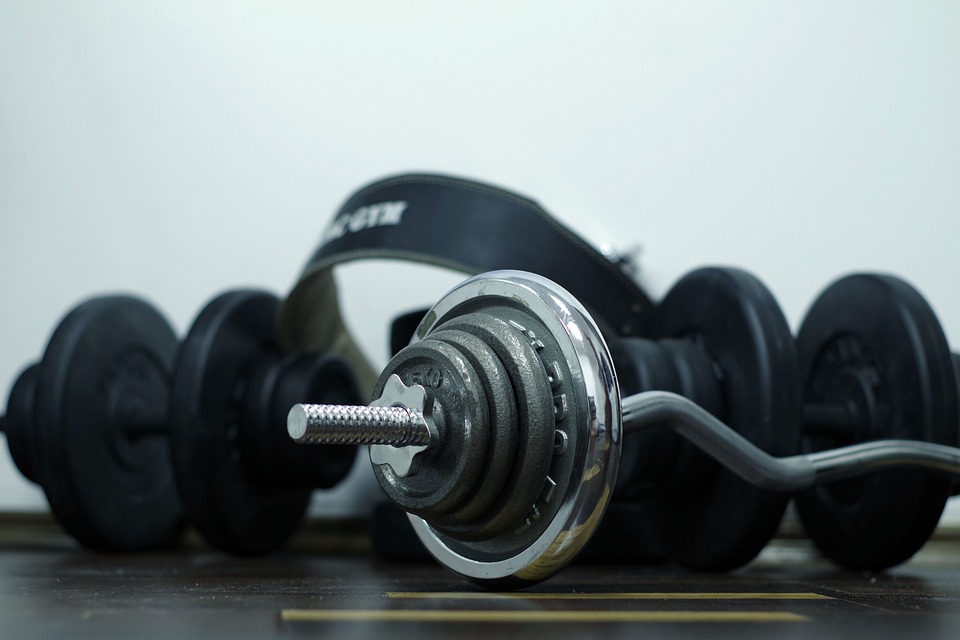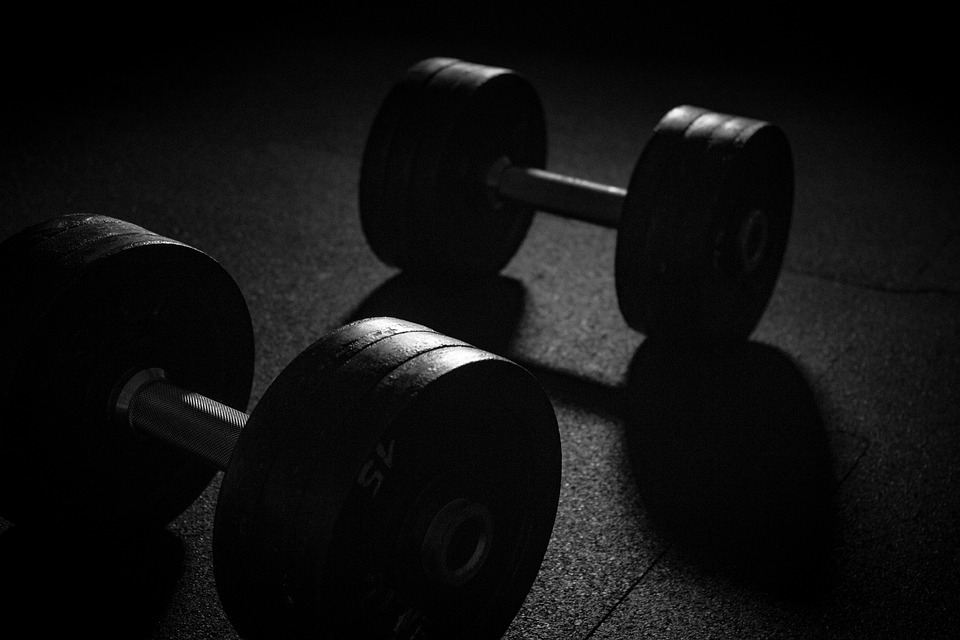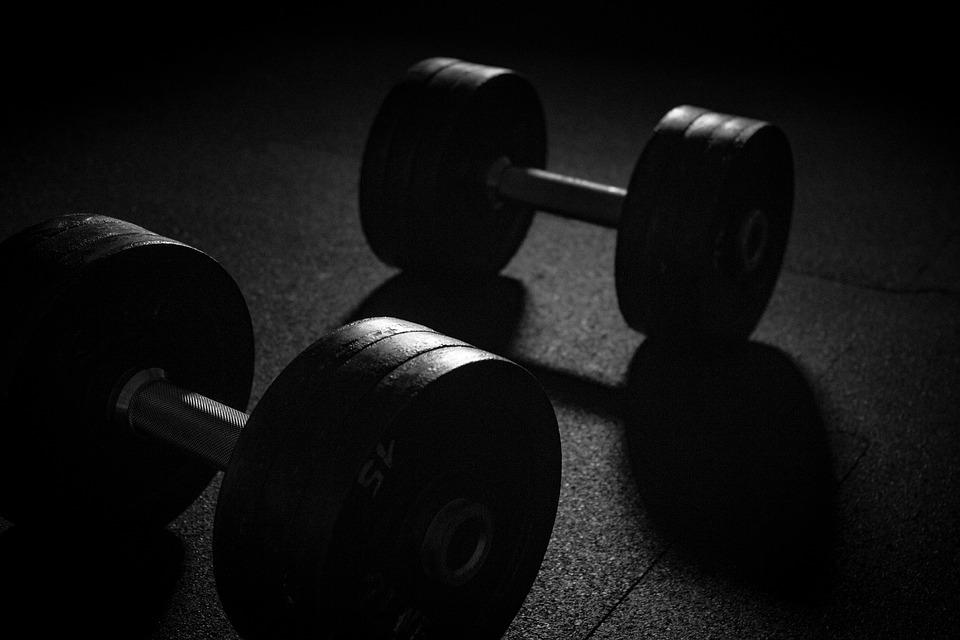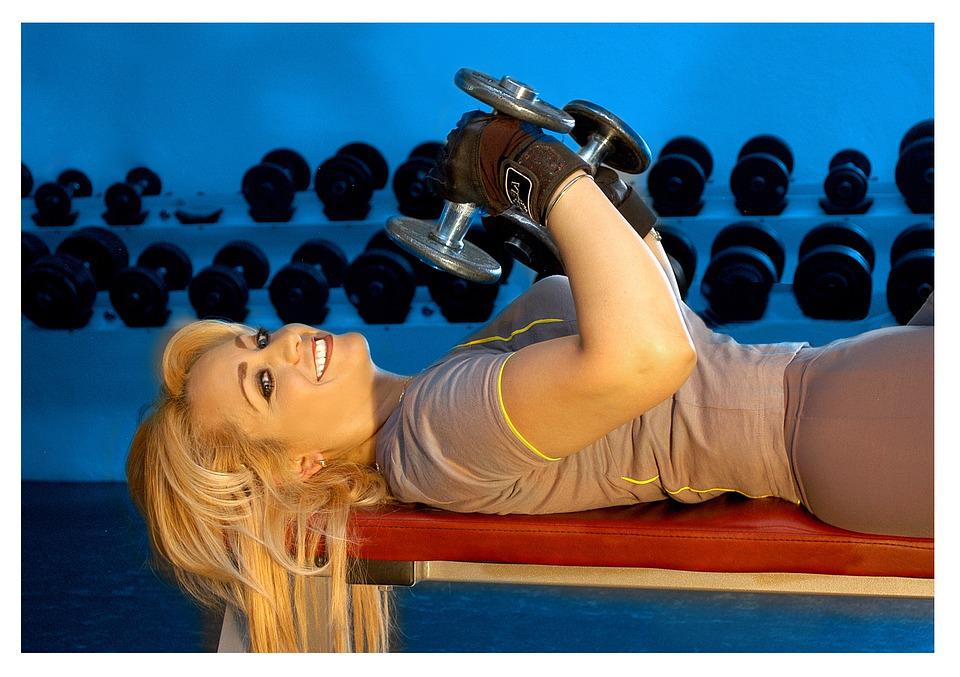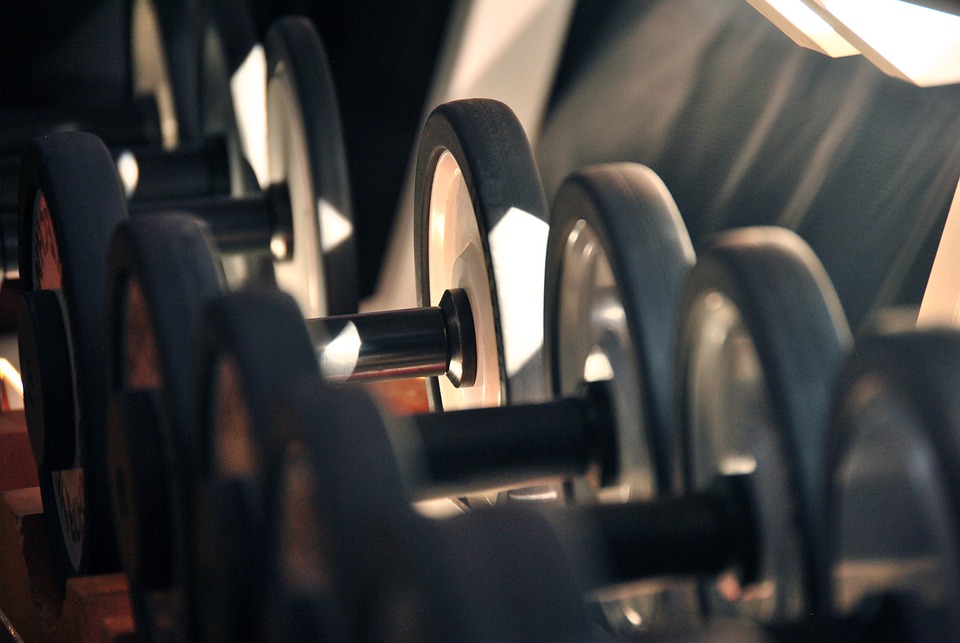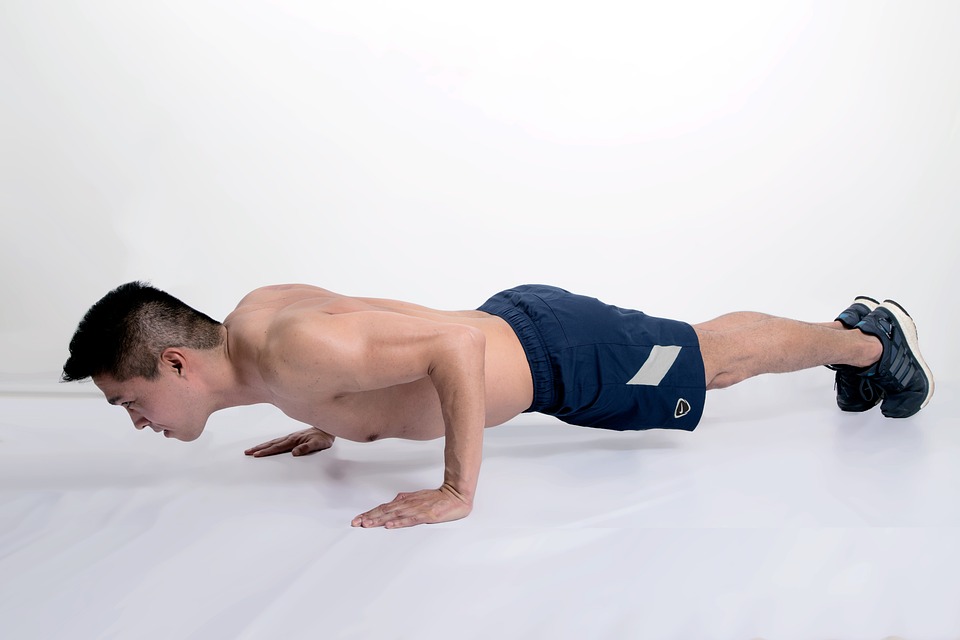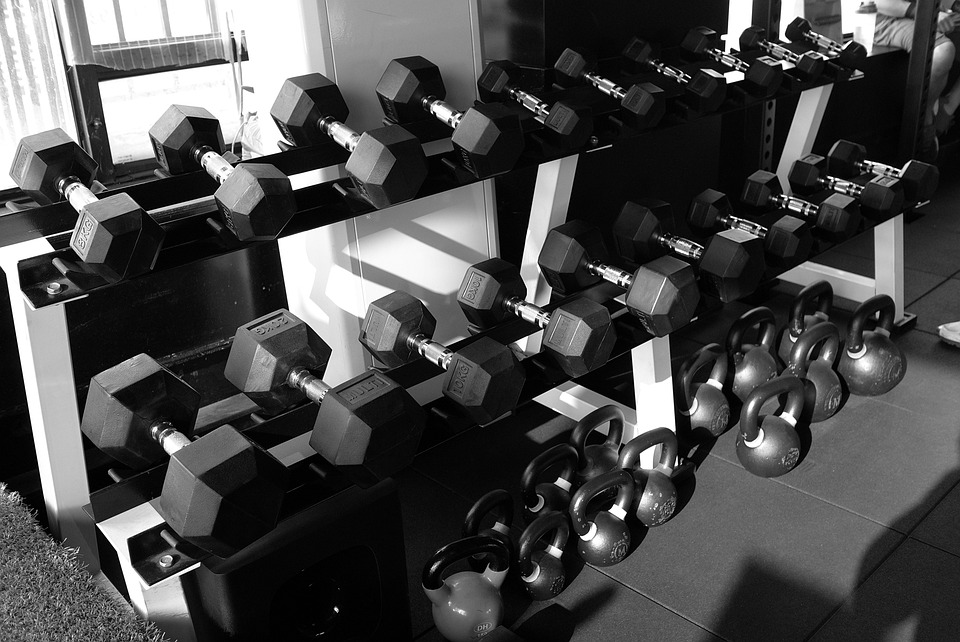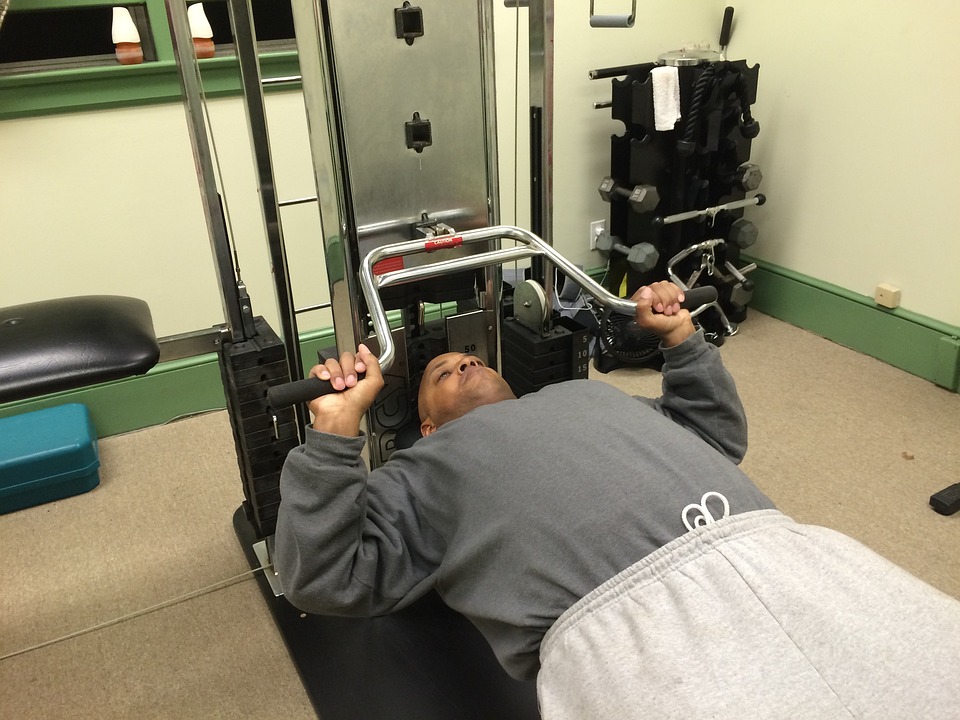
There is no definitive answer to this question as it depends on a number of factors, including your unique physiology and what your goal is. However, some people may find that flat bench press, decline bench press, incline bench press, and dumbbell bench press are all effective exercises for growing a fully sculptured chest.
The flat bench press is a compound exercise that works your entire pectoral region, triceps, shoulders, back, and core. It may look easy, but it’s one of the most difficult exercises to do properly. This guide will teach you the proper benching technique so you can get the most out of this exercise.
If you want to build chest muscle, you shouldn’t just do flat bench presses. You should also try other strength-training exercises. There are also incline and decline bench presses. Changing the angle of your bench pressing and adding in some additional chest exercises will create a more well-rounded strength-training workout.
Flat Barbell Bench Press for a Full Chest Focus
The flat barbell bench press is an effective way to work your entire chest area. This is a great exercise for building chest muscle and strength.
The flat bench press is a great exercise for building your chest, but it can be difficult to do correctly. If you are feeling fatigued in your upper arms but not your chest, you are not performing the barbell press correctly. To get the most out of this move, make sure your chest muscles are fully engaged, and your arms are not carrying the brunt of the load.
This exercise also uses the front deltoid muscles and triceps. If done correctly, the lats, lower back, and glutes will also be tight.
How to Perform a Flat Bench Press
Your arms should be straight and your hands should be wider than shoulder-width apart. Retract your shoulder blades and hold them together.
While performing a rep, squeeze your chest together. The bar should touch just below your nipples. Pay more attention to the curving movement from your chest to your elbow, and less to the weight going up. Move your entire body in a controlled and stable way.
Start with a lighter weight if you are new to this exercise, as you will need to keep your shoulders and triceps from getting too big.
Bodybuilders generally perform the flat bench press with the bar closer to their neck in order to stimulate more muscle growth, while powerlifters typically lift in a way that allows them to move more weight. This exercise is risky for your shoulders and elbows, especially the rotator cuff muscles when done with heavy weight.
Incline Barbell Bench Press for an Upper-Chest Focus
The incline bench press is a variation on the flat bench press that is performed at an angle. The incline bench press is an easier exercise for beginners if they use a wider grip.
The incline bench press activates more of the upper chest muscle than the flat bench press. The front deltoids also get a great workout, along with the outer pectoralis major. The incline bench press engages the shoulders, triceps, and core stabilizing muscles. This makes it a great exercise for upper-body strength and stability.
The incline barbell bench press is a variation of the bench press that allows you to feel your upper chest more while performing the exercise. The only difference is that this exercise activates less of the middle and lower chest.
The incline barbell bench press is a good exercise for increasing muscle size in the upper part of the pectoralis major muscle (the part that connects to your collarbone). However, to isolate the upper pecs you will need to focus. This means that you shouldn’t rely on other muscles to help support the weight.
How to Perform an Incline Bench Press
angle the bench at 15 or 30 degrees. Keep your arms parallel to the barbell and your hands wider than shoulder-width apart. Stand up straight, and pull your shoulders back and squeeze your shoulder blades together.
When you are doing your repetition, focus on making your upper chest touch together. Instead of grabbing the bar below your nipples as you would for a flat bench press, touch it between your collarbone and nipples. Keep your body controlled and stable the entire time.
The incline bench press puts pressure on your shoulders and elbows, similar to the Flat bench press. If you are experiencing joint pain in your shoulders or elbows, it is best to avoid incline bench presses as they can make the pain worse.
Decline Barbell Bench Press For A Lower-Chest Focus
The decline bench press is not used as often as other presses in the gym, but it has several benefits.
The flat bench press is the best option for increasing the size of your chest and building strength, but the decline bench press is better at activating your lower pecs and pectoralis major while putting less strain on your shoulders.
Aside from the pectoralis major and minor, the decline bench press also targets the triceps, serratus anterior, and lats to a smaller extent. When performed with a spotter, very little emphasis is placed on the shoulders.
The decline barbell bench press offers the same basic benefits as the flat bench press but with an additional focus on the lower pecs. If you use the correct form, you will activate your triceps more while reducing the amount of stress on your shoulder. The decline barbell bench press is a great way to add variation and extra volume to a standard chest routine without compromising the shoulders. This exercise can be performed with a moderate weight and slow cadence to really help build the chest muscles.
How to Perform a Decline Bench Press
First, decide whether you want a 15-degree or 30-degree angle. Then, adjust your bench accordingly. Secure your legs and stabilize your body. Keep your arms parallel to the barbell and your hands wider than shoulder-width apart.
When performing your rep, squeeze your lower chest together. The barbell should touch the lower end of your sternum, below your nipples, as you bring it down. Your entire body should be controlled and stable throughout the movement.
When doing the decline barbell bench press, it is important to use proper form. Use light weights at first, and switch to heavier weights when you’re ready.
Bonus: Dumbbell Bench Press
This is a step-by-step guide on how to do the dumbbell bench press correctly.
- Before you even initiate the press, you need to get the weights ready. Ideally, a friend would hand you the weights once you’re already lying down on the bench. However, that’s not always practical. If you’re using light to moderate weight, your best bet is to lift them from the floor to your knees.
- Grip each dumbbell firmly, and then squeeze your shoulder blades together. Kick one knee up to drive a dumbbell to your shoulder. Then, drive the other knee up. (Be careful not to launch the dumbbells too hard and risk hitting your head.) As you drive the last dumbbell up, lay back down on the bench. You should start with both dumbbells over your chest, with your arms fully extended.
- Squeeze your shoulder blades together and ensure your feet are actively pressing into the floor.
- Slowly lower the dumbbells down toward your chest. The weights should fall both down and out to the sides. Lower until your upper arm is parallel (or lower) to the floor, or the weights themselves come to chest height. Keep your elbows under your wrists at all times.
- Once your back is tight, and the weight is sitting at chest level, drive the dumbbells up and inward. Your hands should end up back on top of your shoulders.
Dumbbell Bench Press Sets and Reps
It is not just important to choose the right exercises to do in the gym, but it is also important to perform them correctly from a programming perspective in order to see progress. Here are some options for the dumbbell bench press to help you improve your performance.
Dumbbells lack the ability to be finely tuned with load potential in the same way as a barbell, which may make it difficult to progress strength. You can make sure you are working in the right rep ranges.
- For Muscle Mass: 3 to 5 sets of 7 to 12 reps, leaving 1-2 reps in the tank each set.
- For Strength Gains: 4 to 6 sets of 5 to 8 reps with at least two minutes’ rest.
- For Beginners: 3 sets of 10 reps with a light to moderate weight.
Common Dumbbell Bench Press Mistakes
Although it is not as complicated as the snatch or a powerlifter’s bench press, things can still go wrong while using dumbbells. There are a few common errors people make when performing the dumbbell bench press.
Starting Too Heavy
Dumbbell exercises require more stability than other exercises because you are using two separate implements at the same time. If you try to match your barbell bench press weight with dumbbells, you might be surprised at how hard it is to control them.
If you’re new to working with dumbbells, start by using much lighter weights than you think you can handle and progress slowly.
Alternating Your Arms
If you are not trying to improve your muscular endurance, there is no point in using one arm at a time to lift weights. Although this will take twice as long, it won’t do much for muscle growth or strength.
Pressing the weights simultaneously is usually the best way to train. Keep it simple.
Pressing Too Shallow
If you’re trying to gain strength, it can be helpful to cut out a portion of your range of motion. However, if you’re learning how to dumbbell bench press for the first time, there’s no need to do this. As long as it does not hurt and you are comfortable, you should lower the weights until they are at chest level.
Dumbbell Bench Press Variations
There are three variations of the dumbbell bench press that can be used to keep training varied and progressive.
Dumbbell Floor Press
The dumbbell floor press is a dumbbell bench press variation in which you lie on the floor instead of on a bench.
Doing this will decrease the range of motion in the pressing movement, and will require the triceps to do more work in order to reach the lockout position. It can also help you develop a deeper understanding of how to stabilize your upper back.
Alternating Dumbbell Bench Press
This example of the bench press variation uses only one dumbbell at a time, moving it back and forth between the left and right sides.
One reason to add weight to a barbell is to make it harder to lift, which can make your muscles stronger. Another reason is to add resistance to rotation, which can help improve your performance in contact sports.
Single-Arm Dumbbell Bench Press
If you want to do a single-arm dumbbell bench press, all you need is one dumbbell. You don’t need two dumbbells for this exercise.
The unilateral variation of the bench press offers athletes and coaches stability and strength in one arm and can enhance core and glute activation in the bench press movement. Working your core muscles will help to keep your torso from rotating too far to one side.
Dumbbell Bench Press Alternatives
Don’t worry if the dumbbell bench isn’t right for you. There are two ways you can use to increase your chest and triceps strength and muscle size.
Overhead Press
The overhead press specifically works the shoulders, triceps, and upper chest muscles and can help improve total-body strength.
If you want to increase your bench press strength and upper body mass, you can add overhead pressing to your program to change it up and have a more well-rounded routine.
Barbell Bench Press
The barbell bench press is an exercise that can be done to increase sport-specific strength, as well as overall strength and muscle mass.
The weight is not evenly distributed like it is with dumbbells, so it is easier to press heavier weights and achieve maximal strength.
Benefits of the Dumbbell Bench Press
The bench press is often seen as a movement that is only for people who want to develop their upper body strength, however, it can be beneficial for people who have different goals in the gym. Here are five benefits of doing the dumbbell bench press.
More Muscle and Strength
Bench pressing can be a great way to increase strength and muscle size. No matter what sport you play, increasing your strength and muscle mass will probably help you. The bench press and overhead movements are both important for developing strength in the upper body.
Freedom of Positioning
Dumbbells are better than barbells because they allow you to adjust your grip. If lifters rotate their elbows at a certain angle dictated by hand position, they may experience pain.
Having your elbows flared out during the standard barbell bench press puts more stress on your shoulder joint. An option that is better for your joints is the dumbbell bench press with a neutral grip. This will allow your wrist to be in a more natural and comfortable position relative to your shoulder joint. You can’t do this with a barbell.
Increased Unilateral Strength
Everyone has a stronger side. Most people tend to favor one side of their body and use one arm more than the other. This is often due to an imbalance in strength, flexibility, or technique. One side of the body usually has to work harder than the other when lifting a barbell because of an imbalance in strength, flexibility, or technique. Dumbbells allow each side of the body to work independently from the other.
Doing this exercise will help even out the muscles on your left and right side. The stronger side will help you to increase the amount of weight you can lift on barbell movements.
Longer Range of Motion
You can lower the dumbbells farther in a dumbbell bench press than in a barbell bench press because there is no barbell tapping your chest. This allows you to damage your muscle fibers more, which will promote growth. Additionally, you will be taking your shoulder joints through a greater range of motion.
If you want to increase the range of motion in your shoulder joints, you will need to do some exercises to make them stronger and more resilient.


